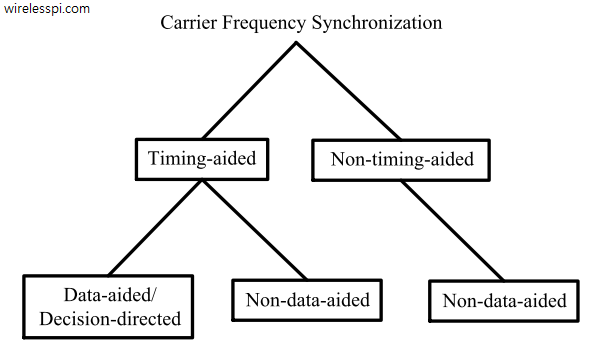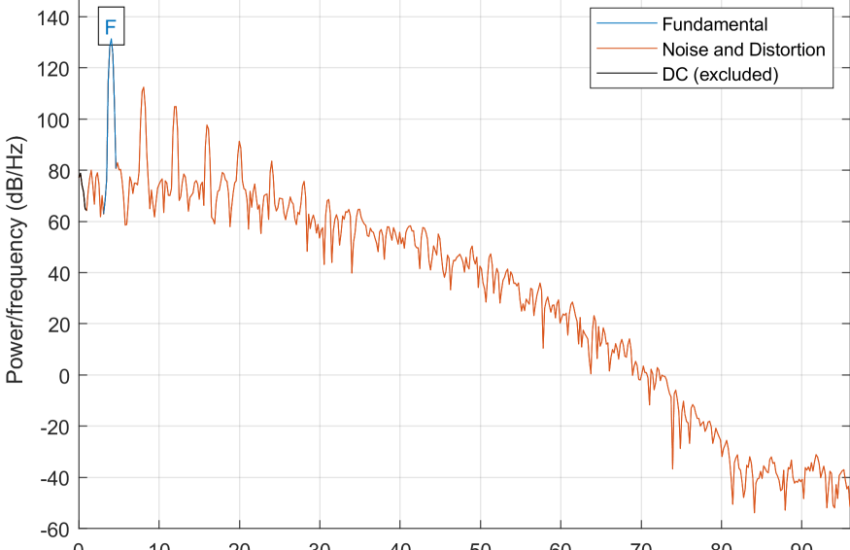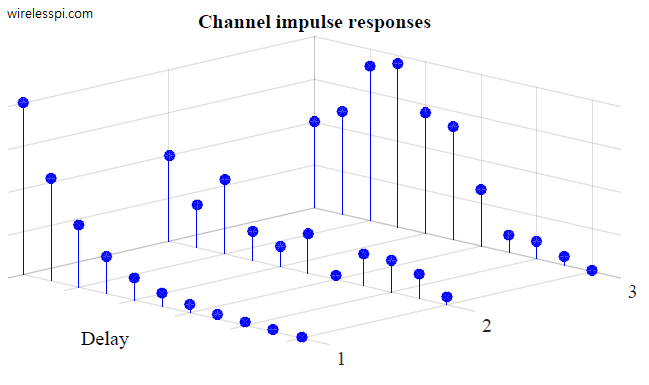If beamforming has to be explained in the most succinct manner, it is the mindfulness of an antenna array where it focuses its attention towards one specific location (or a few specific locations). We find out in this article how it is achieved. As opposed to its reputation, beamforming is not a mysterious technology. It has been used by signal processing engineers for radio applications since long. For example, Marconi used four antennas to increase the gain of signal transmissions across the Atlantic in 1901. It has also been known since 1970s that multiple antennas at the base station help
Continue reading



